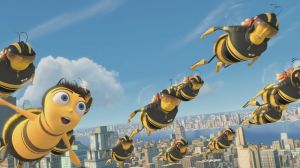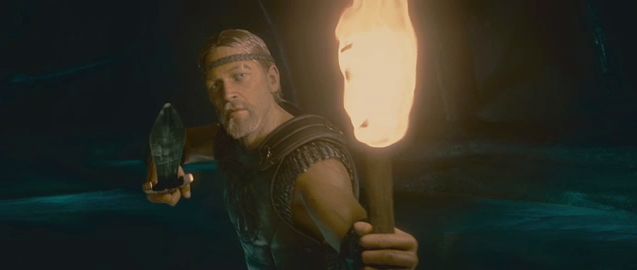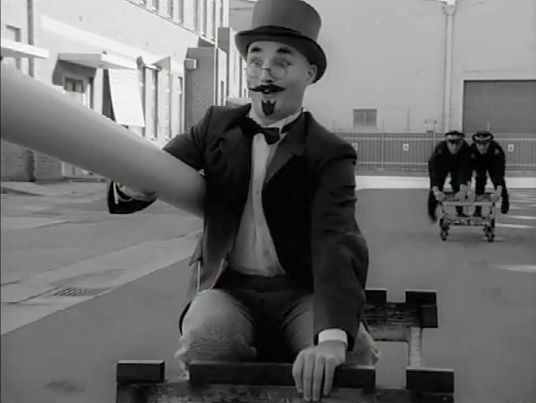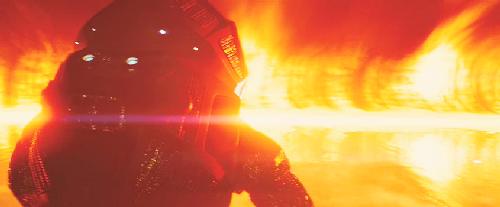 Bee Movie (Steve Hickner & Simon J. Smith, 2007)
Bee Movie (Steve Hickner & Simon J. Smith, 2007)
Nearly a decade ago, in 1998, Dreamworks released Antz. It marked the emergence of the first major competitor to Pixar in the field of computer animation, a rivalry highlighted by its superficial similarity to Pixar’s release for that year, A Bug’s Life. While both were good films, the Dreamworks offering was exciting for the alternative perspective it offered: where the Pixar film advocated a comfy theme of community solidarity, Antz satirised the hive / mob mentality and offered a more cynical voice than the Disney-backed Pixar studio could. This diversity of approach seemed an eminently healthy start to the computer animation boom. It’s a little disheartening, then, to now be confronted with Bee Movie, a lightweight and mediocre retread of Antz that sees almost everything of interest leached from the Dreamworks recipe. Pixar are still making interesting (if uneven) films, but Bee Movie is a telling example of the mediocrity that has characterised their competition.





